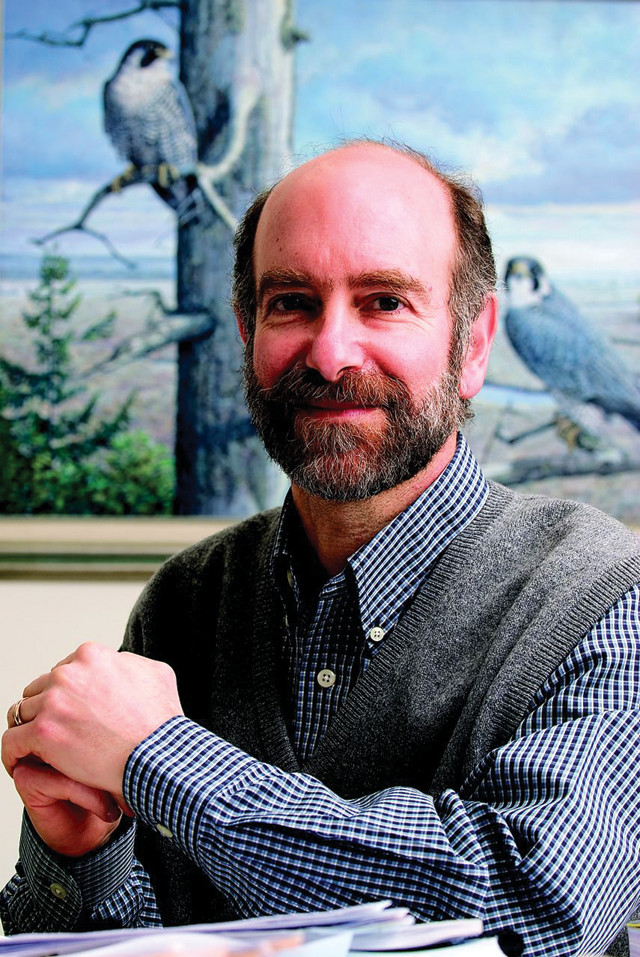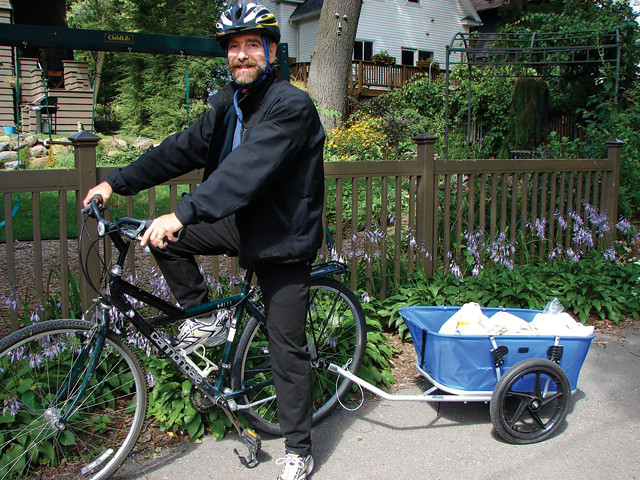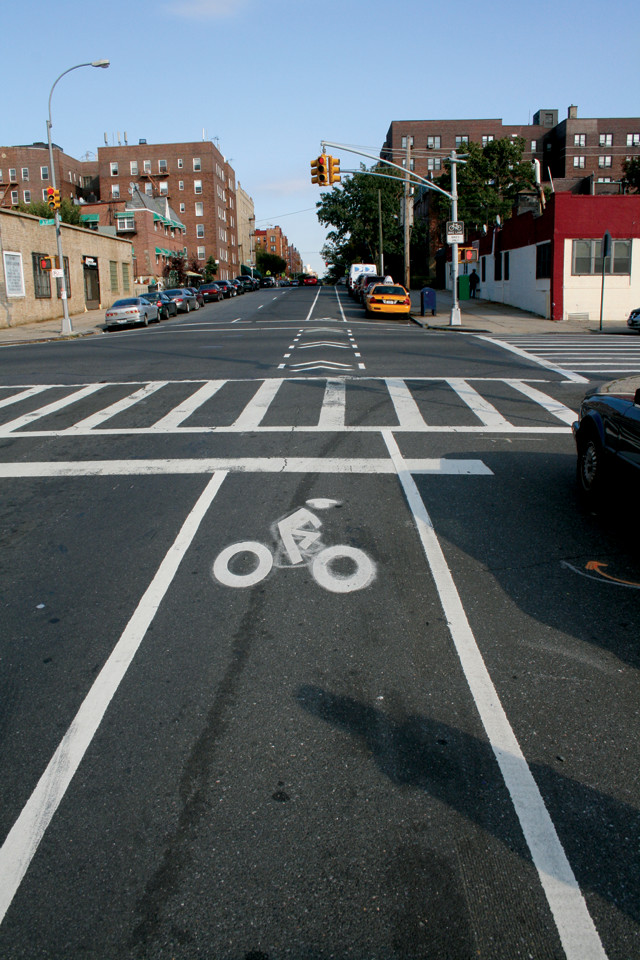
by Sam Lemonick Tuesday, May 22, 2018

Dr. Jonathan Patz. Credit: Courtesy of University of Wisconsin
From stitching up cuts in Missoula, Mont., to authoring parts of the Intergovernmental Panel on Climate Change reports, Dr. Jonathan Patz has made helping people stay healthy his life’s work. With a joint appointment at the University of Wisconsin at Madison’s School of Medicine and its Nelson Institute for Environmental Studies, Patz is in a unique position to explore global climate change as a matter of public health.
After studying biology as an undergraduate at Colorado College in Colorado Springs, Patz went to medical school at Case Western Reserve in Cleveland, Ohio. He received his M.D. in 1987 and five years later got a master’s degree in public health from Johns Hopkins University in Baltimore, Md. He was a professor at Johns Hopkins’ Bloomberg School of Public Health before his move to Wisconsin six years ago. Patz also sits on advisory boards for the Centers for Disease Control and Prevention and the Environmental Protection Agency (EPA), and is an affiliate scientist at the National Center for Atmospheric Research.
Patz spoke with freelance writer Sam Lemonick about the vision that has tied his education and career together and the importance of changing the way we live.
SL: You started your career as a family practice doctor and now you study the effects of climate change on public health. What has guided your career path?
JP: To me, my career trajectory was straight as an arrow, but it might not appear like that. Even before I went into medicine, right out of Colorado College I was working in wildlife biology looking at pesticides and peregrine falcons. Right from the beginning I was very interested in environmental contaminants, so I tried a couple ends of the biology spectrum. I tried wildlife biology and then I did cancer research, and I really felt like where I wanted to be was in upstream prevention. Some of the most important health preventions really are from avoiding hazardous environmental exposures.
I was very interested right up front in the prevention side of things, and for a while I was debating, “Well, should I go into environmental law or public health?” I picked medicine for its flexibility. I like to pull things together and integrate.
I picked the most prevention-oriented field that I knew of, which was family medicine. I liked family medicine, but halfway through my residency and training I realized there was a prevention track and a master’s in public health [MPH], so even before coming out of my family medicine residency I applied to an MPH program.
Even in family medicine I was doing extra projects on farm-worker exposures and low-level ionizing radiation effects, so I was always doing what was basically environmental epidemiology and risk assessment.
At Hopkins, the largest school of public health in the world, I was in a department of environmental health that was enormous. … That afforded me the chance to bring together my interests in ecological change, global climate and earth systems change, and health. We had plenty of people to cover the mainstream bread-and-butter of environmental health, but no one had really tapped into this area that I saw as a very emerging and important issue of global change and public health.

Credit: Courtesy of Jean Patz
SL: Did you enjoy working as a family doctor?
JP: I loved it. It was fun; it was gratifying.
Clinicians who take care of sick people are a priority: People get sick and need care, and it’s essential that we have competent clinicians. But so many of the people I saw in the doctor’s office didn’t need me — they simply needed to be exercising, not smoking, having population-wide and community-wide lifestyle changes that would be doing them far better good than seeing me as a clinician.
SL: You mentioned an interest in integration leading you to medicine. What makes pulling different pieces together attractive to you?
JP: You’ve heard the joke, “When you do your Ph.D., you learn more and more about less and less.” We wouldn’t be anywhere unless we had unbelievable specialists and Ph.D. training — we wouldn’t even know about the DNA double helix and things like that. Absolutely we’ve made huge progress as we’ve gone into these specialties, but I think the low-hanging-fruit opportunities are really when we put some of these disciplines together.
You go down a narrow field but then you’re always asking the question, “What’s the application, what’s the so-what here, how can this make the world better?” It’s not either/or; we need both expertise at the very technical, specific level, but we also need people who are bridging across disciplines, who take scientific findings and have them contribute to policymaking, so that we have scientifically informed policy decisions.
SL: How did you get involved in studying the impact of climate change on public health?
JP: When I was doing my master’s of public health at Hopkins, I came across a review article written by Andy Haines, who is now Sir Andy Haines, director of the London School of Hygiene and Tropical Medicine. That article caught my eye and I thought, “Climate change involves pollution and emissions, it involves human population, policy, and potentially has so many different impacts,” and there were very few studies about it. I thought, “This issue is not going away and is probably getting worse and has tremendous public health implications.”
I started pursuing it, and I thought, “This is one of those linchpin issues that has so much importance and yet is not well-developed at the moment.” I decided I needed to go after this.
I rotated at the World Health Organization and also at EPA. When I was at EPA, I was reviewing an old report on climate change and I was shocked that the only public health question or concern on climate change was that the U.S. would run out of deodorant, and I thought, “that is so absurd.” I also critiqued some things from EPA that only focused on heat wave mortality and I said to them, “There are so many climate-sensitive diseases out there; this is a drop in the bucket.”
Probably the most influential advancing person for my career at the time was Joel Scheraga who at that time was in the Office of Policy, Planning and Evaluation [at EPA]. He said, “You know, we like what you’re saying. How would you like a five-year, cooperative agreement to go work on this?” That cooperative agreement from EPA essentially launched my career in environmental public health and especially looking at climate change.
SL: How does working at the policy level differ from helping individuals as a practicing doctor?
JP: Working in clinical medicine, it was very gratifying to help people on a day-to-day basis, to know you’re having an immediate effect on their lives, and I miss some of that. On the other hand, in that setting I felt like, “Can I have a bigger impact? Why not work at the community or regional or broader level as far as policies that would restrict smoking from buildings or mandate safe bike paths or safe routes to school that affect millions of people in one stroke of the pen?”
It’s more a delayed gratification … You’re making a difference, but it’s one step at a time, and you just hope you’re climbing in the right direction.

Credit: ©Wikist Aces, Creative Commons Attribution-ShareAlike 3.0 Unported
SL: How does a public health perspective influence the debate about human response to climate change?
JP: One thing to recognize is that climate change is not a single agent, single disease or single toxin type of story. Multiple exposures can have direct and many indirect pathways that affect health. I think when people recognize how many ways the health of our population depends on stable climate, they will see there’s definitely a pretty direct link that if climate will change, so will disease risks — be it from heat waves or infectious diseases or the inability to grow food. It is still a tough sell … Public awareness of this issue has, unfortunately, backslid.
There’s something, though, that is growing in our field, which is asking the question, “What if climate change didn’t happen?”
What would happen if we decarbonized our energy, greened our transportation, reduced our automobile dependency, and had multimodal transportation — active transport, bikeability, walkability for cities — and just forgot all about climate change and even forgot about the health impacts of climate change? What would happen with public health? This is where I would say that the co-benefits of reducing fossil fuel burning, with or without climate change, are so tremendous that it’s a no-brainer that we should be doing them anyway. This is where our research is really turning.
We find that these co-benefits of simply cleaning up our energy and making more livable cities — cities that promote and allow exercise opportunities — would be among the greatest public health opportunities we’ve had in over a century. On the one hand, people need to recognize there are real public health risks of climate change, and on the other hand, that mitigating greenhouse gas emissions and reducing fossil fuel burning and dependency are things we should do anyway. We have built unhealthy energy systems, unhealthy urban designs, and with or without climate change, we need to fix that.
© 2008-2021. All rights reserved. Any copying, redistribution or retransmission of any of the contents of this service without the expressed written permission of the American Geosciences Institute is expressly prohibited. Click here for all copyright requests.